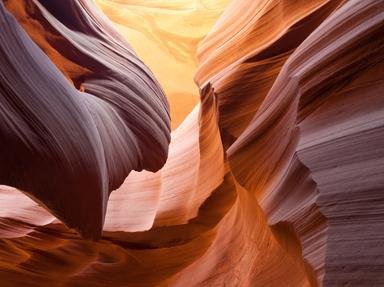
Please Be Gneiss Trivia Quiz
Classifying Rock Types
How much do you know about different types of rock? Test your knowledge with this classification quiz!
A classification quiz
by LadyNym.
Estimated time: 3 mins.
- Home
- »
- Quizzes
- »
- Science Trivia
- »
- Earth Science
- »
- Geology